General Information
Start/ End: Paro/ Paro
Duration: 8 days/ 7 nights
Tour Route: Paro – Thimphu – Punakha – Paro – Bumdra Monastery – Paro
Tour customize: Definitely! (Tell us your specific requirements in the inquiry form)
Guide/s: Local Guide (English Speaking Guide or Other Languages depends on your Request)
Transportation: Private first-class air-conditioned vehicles
Accommodation: Listed below or equivalent. Rooms with private bath or shower, hotel taxes, porterage, tips, and service charges.
Brief Itinerary
Day 1: Paro Arrival – Thimphu
Day 2: Thimphu – Punakha
Day 3: Punakha – Phobjikha
Day 4: Phobjikha – Thimphu
Day 5: Thimphu – Haa Valley
Day 6: Haa Valley – Paro
Day 7: Tiger Nest Discovery
Day 8: Paro Departure
Full Itinerary
Day 1: Paro Arrival & Driving to Thimphu / About 1.5 hours’ Driving
Welcome to Bhutan! Upon arrival, you will be greeted by your local travel guide and driver then escorted to Paro Town to start your wonderful journey.
First, visit Bhutan National Museum to learn a crash course in Bhutanese rich culture and history. There are many impressive collections displayed in its five galleries such as traditional thangkas, festival masks, religious statues, and interesting carvings, etc. Next, explore Rinpung Dzong, known as Paro Dzong, which is reputed as the finest example of Bhutanese dzong. After that, take a leisure walk through cantilever bridge and to Paro Town and witness national game archery, which is played almost every day on the ground. Afterward, drive to Thimphu, the capital of Bhutan Kingdom, for check-in and relax.
Day 2 Thimphu Sightseeing & Driving to Punakha/ About 2.5 hours’ Driving (B)
Start the day by visiting the National Memorial Chorten, a monument dedicated to the past 3rd king of Bhutan, Jigme Dorji Wangchuck. More than a memorial stupa, it is also the important religious center for Bhutanese daily worship. Then visit the Traditional Painting School where students are taught to make Bhutan’s 13 traditional arts and crafts, like painting, woodcarving, embroidery, statue-making and so on. Next, head to National Textile Museum which is a good place to display textile weaving – Bhutan’s living national art. You can not only feast on the beautiful costumes, but also learn about the type of textiles, the styles of local dress and the techniques of weaving. The last activity of today is visiting the national animal – Takin in Motithang Takin Preserve, a unique looking animal with the head of sheep and body of cattle.
Leaving Thimphu, drive through a forest of pine and hemlock then cross over the Dochu La Pass where you can enjoy the panoramic views of the majestic Himalaya Mountains. Keep driving along the winding road to the fertile valley of Punakha. Accommodate in Punakha Town.
Day 3 Punakha to Phobjikha / about 3 hours’ driving (B)
After breakfast, visit Punakha Dzong, situated between Pho Chhu and Mo Chhu (male and female rivers) and featuring in 3 docheys (one more than other dzongs). With white-brilliant walls, red roofs, and the surrounding charming nature, Punakha Dzong is praised by as the most beautiful one in Bhutan’s 21 Dzong. When the spring comes, the surrounding lilac jacaranda trees in blossom make Punakha Dzong more impressive.
Next, drive toward Phobjikha Valley and get amazed by the rich flora and fauna. When you reach Lawala Pass, you may spot some Yaks grazing in high altitude bamboo shrub along the road. Crossing the pass, descend to Gangtey Goempa, an important monastery of Nyingmapa school of Buddhism located on a forested hill overlooking the entire Phobjikha valley. The whole complex of Gangtey Goempa is made up of central monastery, monks’ quarters, guesthouses and meditation centers.
Then pay a visit to Black-Necked Crane Information Center where you can learn much knowledge of the cranes and their living environment from the informative displays. Accommodate in Phobjikha.
Day 4: Phobjikha – Thimphu via Wangdue Phodrang / about 4 hours’ driving (B)
Today, leave Phobjikha Valley for Thimphu. In the morning, drive to Wangdue Phodrang and pay a visit to Wangdue Phodrang Dzong where you can get a commanding view of the below valleys. In fact, Wangdu Phodrang Dzong enjoys an important status in history as well, and it was the second capital city in the early days. Since Wangdu Phodrang is situated on the ridge, you can walk down to the bridge and have a short hiking to the village of Rinchangang. Afterward, drive back to Thimphu for accommodation.
Day 5: Thimphu – Haa Valley / about 3 hours & 20 minutes of driving (B)
Today begin your adventure trip to Haa Valley, an off-the-beaten-track but sacred valley with its unique beauty and serenity. During the driving journey on the zigzagging scenic road from Thimphu to Haa Valley, you will glut your eyes on the fascinating natural landscape. When getting to the southern entrance to the town of Haa valley, take a visit to holy Lhakhang Karpo which is literally translated as White Temple. Before entering, you will be greeted by its big ornate gate. Inside the temple are statues of different deities and some elaborate thangkas. Local people believe that the deity protects them from sickness.
In the afternoon, explore the small hidden villages in Haa Valley and enjoy the peaceful ambiance. Accommodate in the town.
Day 6 Haa Valley to Paro / about 3 hours and 10 minutes of driving (B)
Today, you will take another nice drive from Haa Valley to Paro. Ascending along the winding road, you will get to Chele La Pass which delivers dramatic views on both sides. Stop there to admire the spectacular view of snow-capped mountains of Himalayan ridges in Tibet and enjoy the awesome fluttering colored prayer flags. Hot tea and noodles are available at a mobile food van. Then continue your adventure tour with an hour’s trekking to Kila Nunnery, a mediation site with seven small temples clinging to a rocky cliff. It is believed as the oldest nunnery which can be dated back to the 9th century. The trekking trail through the pristine forests is stunning and interesting.
After the visit to Kila Nunnery, drive to Kyichu Lhakhang, a lovely ancient temple. Just like the famous Jokhang Temple in Tibet, it was built by Songtsen Gampo to subdue a demoness in 659. In this temple, you can admire many exquisite murals. One statue of Sakyamuni in the monastery attracts many pilgrims to get blessings. Drive back to Paro Town for accommodation
Special Notes:
- The wind might be strong, so make sure you take enough clothes to keep your body warm.
- Photography is not allowed inside most monasteries.
Day 7: Paro – Taktsang (Tiger’s Nest) / About 20 minutes of driving & 2.5 hours of Trekking (B)
Start the day with a short drive to Paro’s upper valley. If the day is clear, you’ll have an unforgettable view of the “Goddess” – Mt.Chomolhari.
Afterward, it’s a short drive to Taktsang trail ahead. Take a challenging but necessary 2~3 hours of trekking to Taktsang Monastery, the most famous monastery in Bhutan, also known as “Tiger Nest Monastery, because Guru Rinpoche reportedly flew to the site on the back of a flying tiger late in the 7th century. Between blue pines and a blue sky, the monastery perches miraculously on a cliff nearly 2,700 feet above Paro’s valley floor. Break along the way for tea and snacks in a small tea house, and the view of both Taktsang Monastery and Paro Valley is magnificent. Hike down the mountain, then drive back to Paro for accommodation.
- It takes about 2 ~ 3 hours to trek from the parking lot to Taktsang Monastery, and you could ride a horse for the first hour
- Photography is strictly forbidden in the monastery, but you can take a nice shot on your road to Taktsang Monastery
- Travelers have to deposit all belongings (cameras, phones or other electronic equipment and bags) at the entrance.
Day 8 Paro Departure (B)
Your journey in Bhutan comes to an end today! After breakfast, your guide will pick you up from the hotel to the airport in time for the scheduled flight to your next destination. Before that, you can take a rest at the hotel or go for a walk nearby.
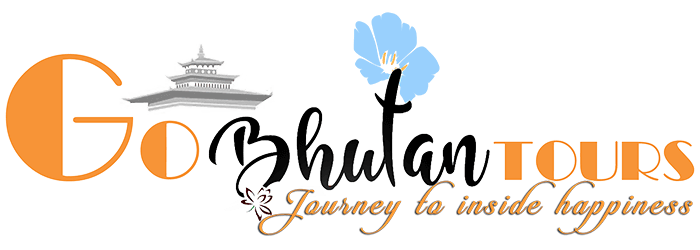
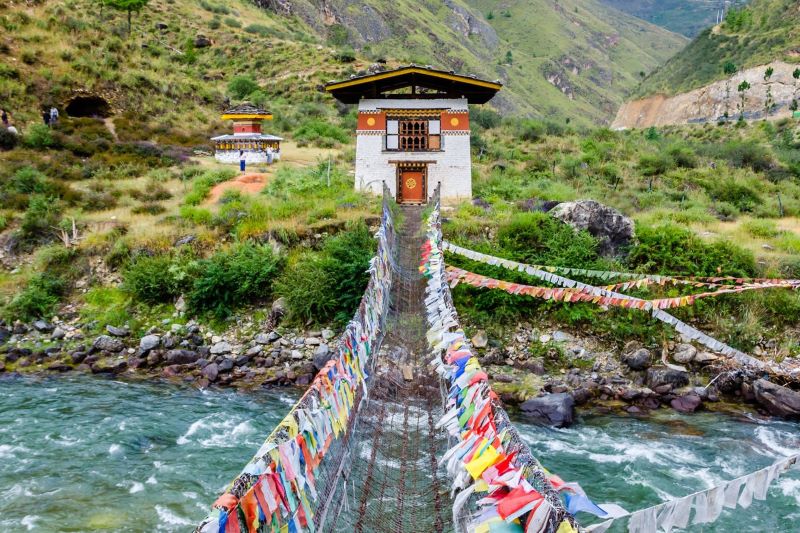
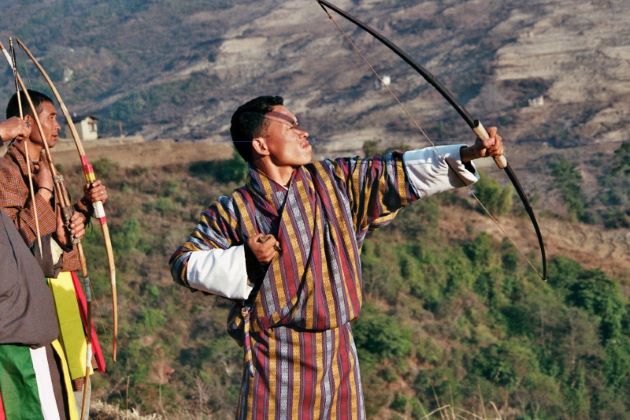
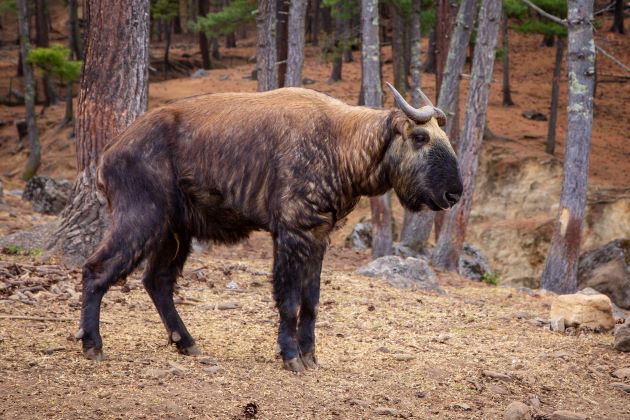
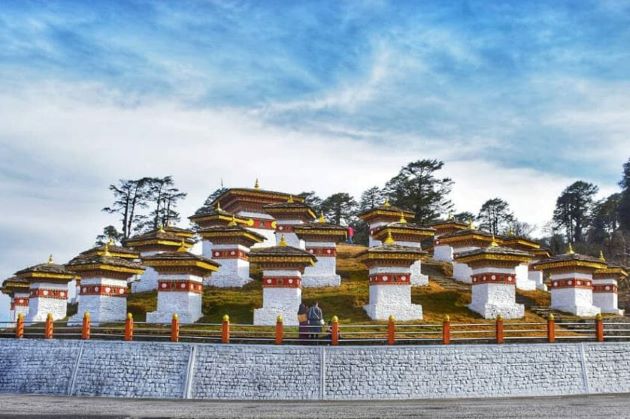
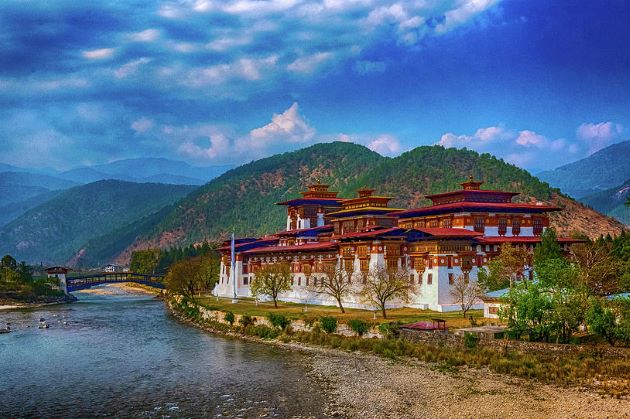
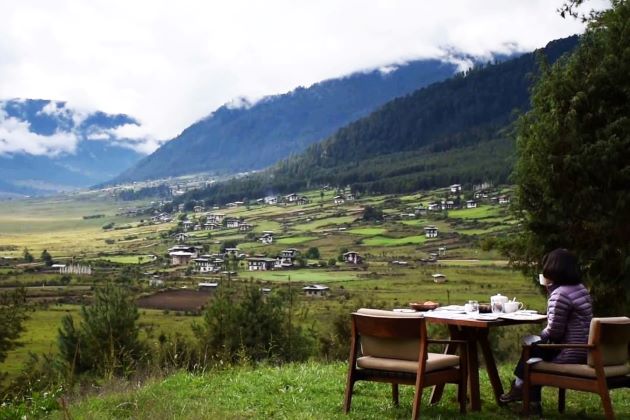
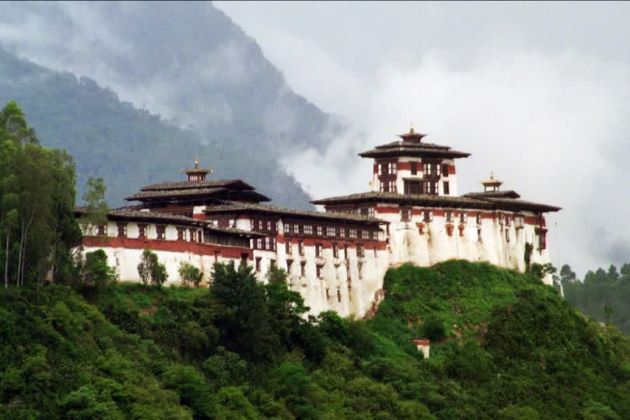
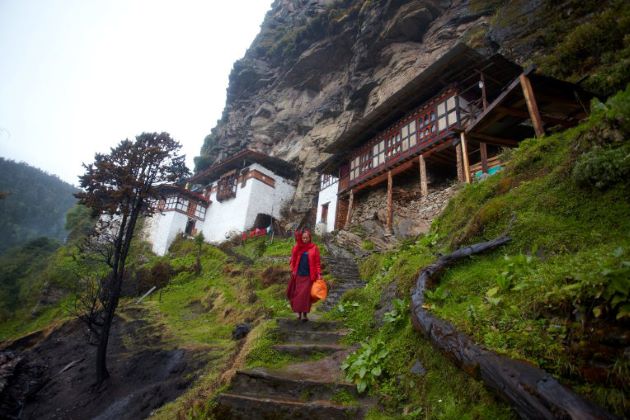
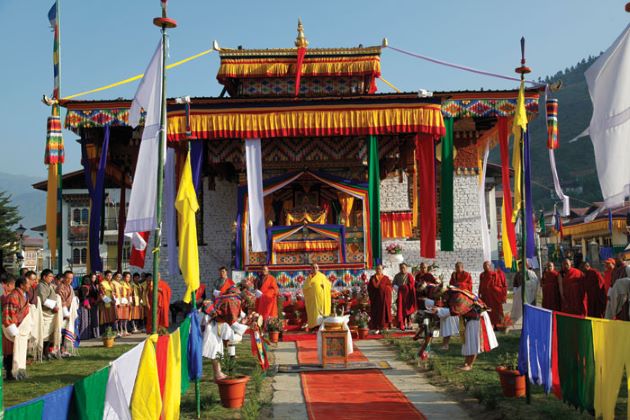
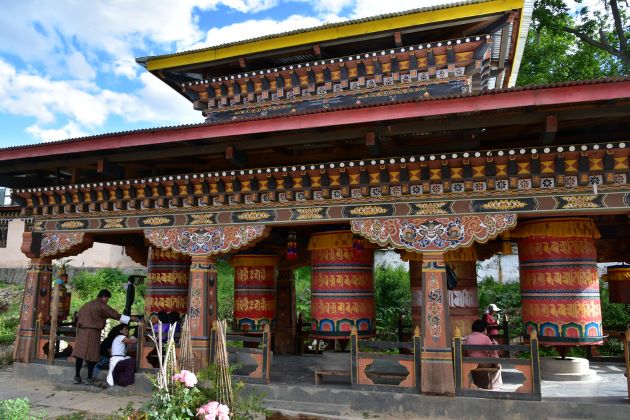
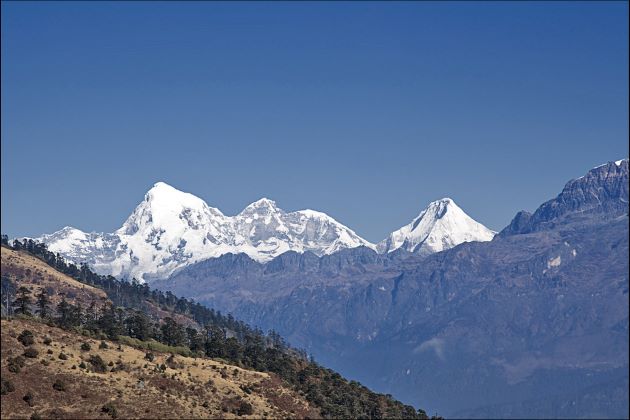
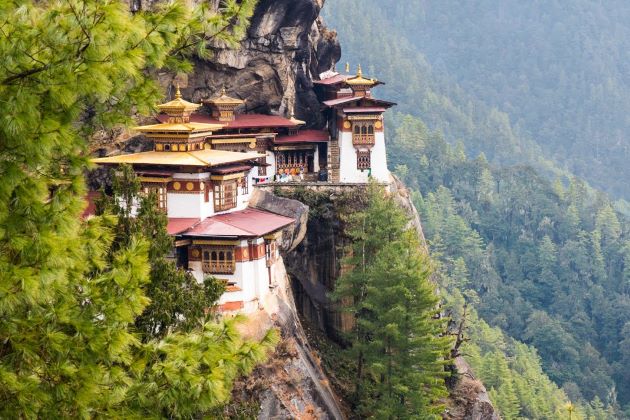
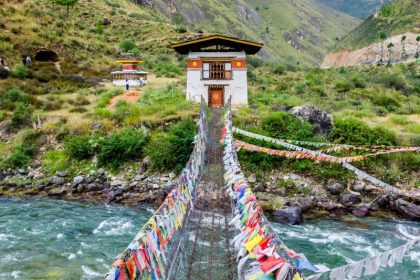
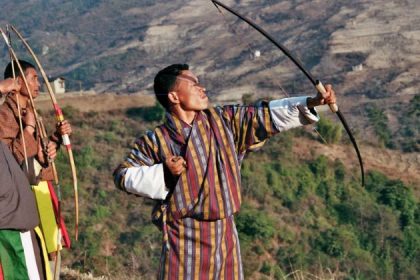
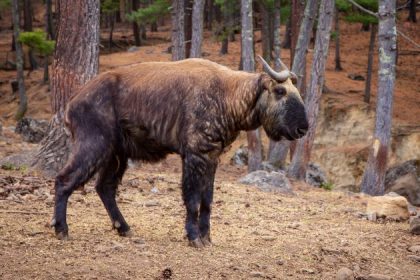
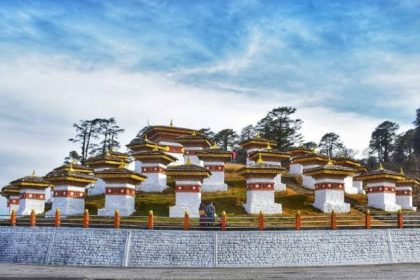
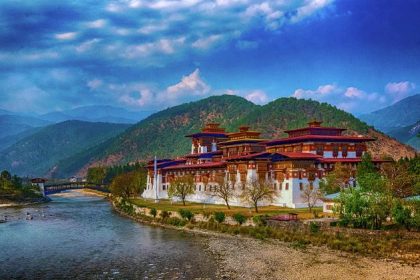
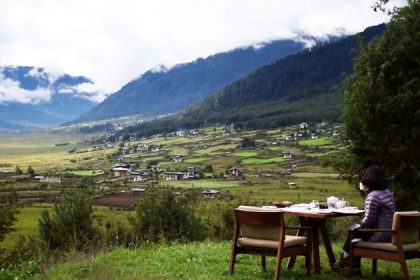
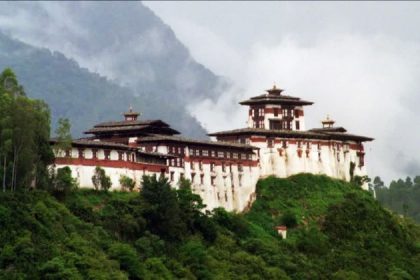
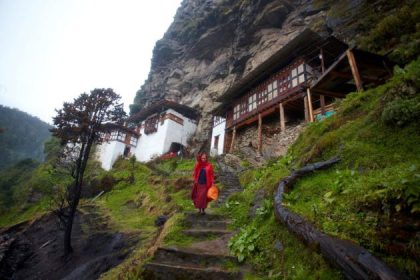
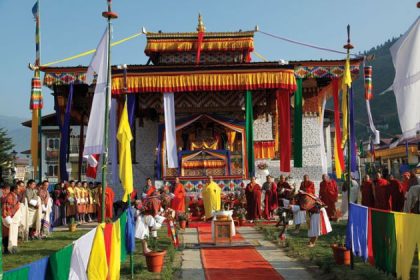
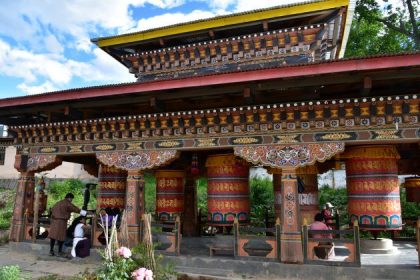
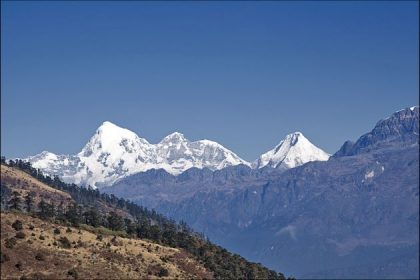
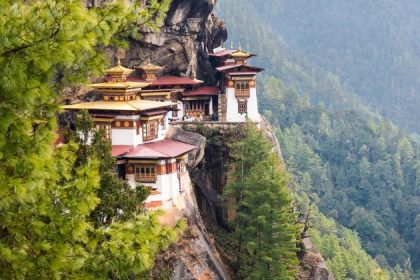
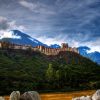
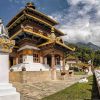
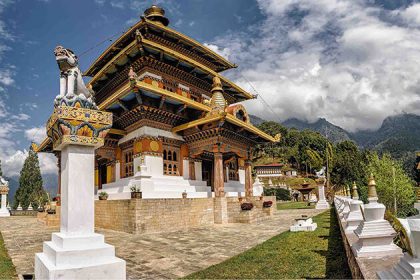
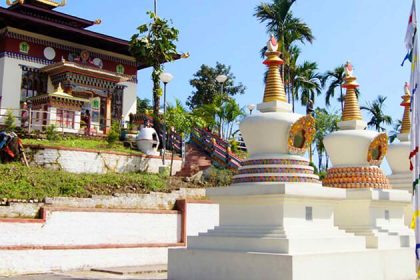
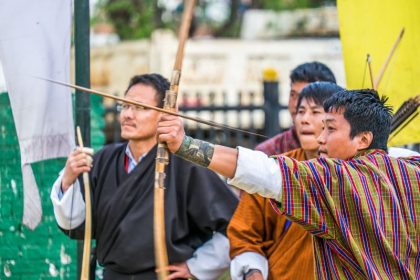
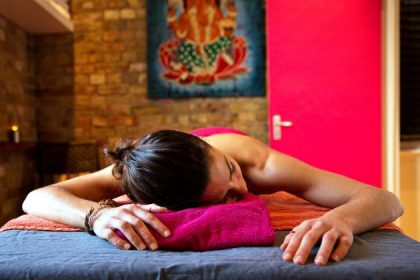
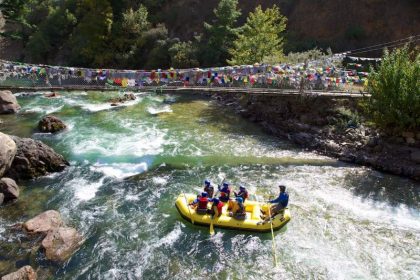
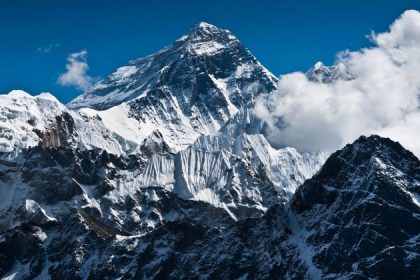
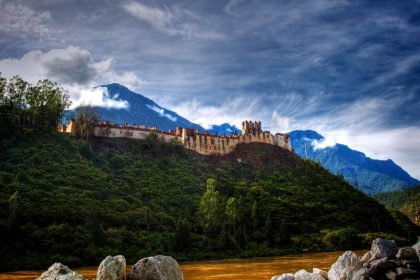
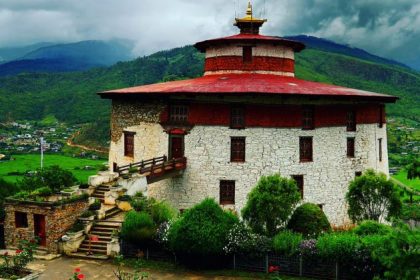
Reviews
There are no reviews yet.